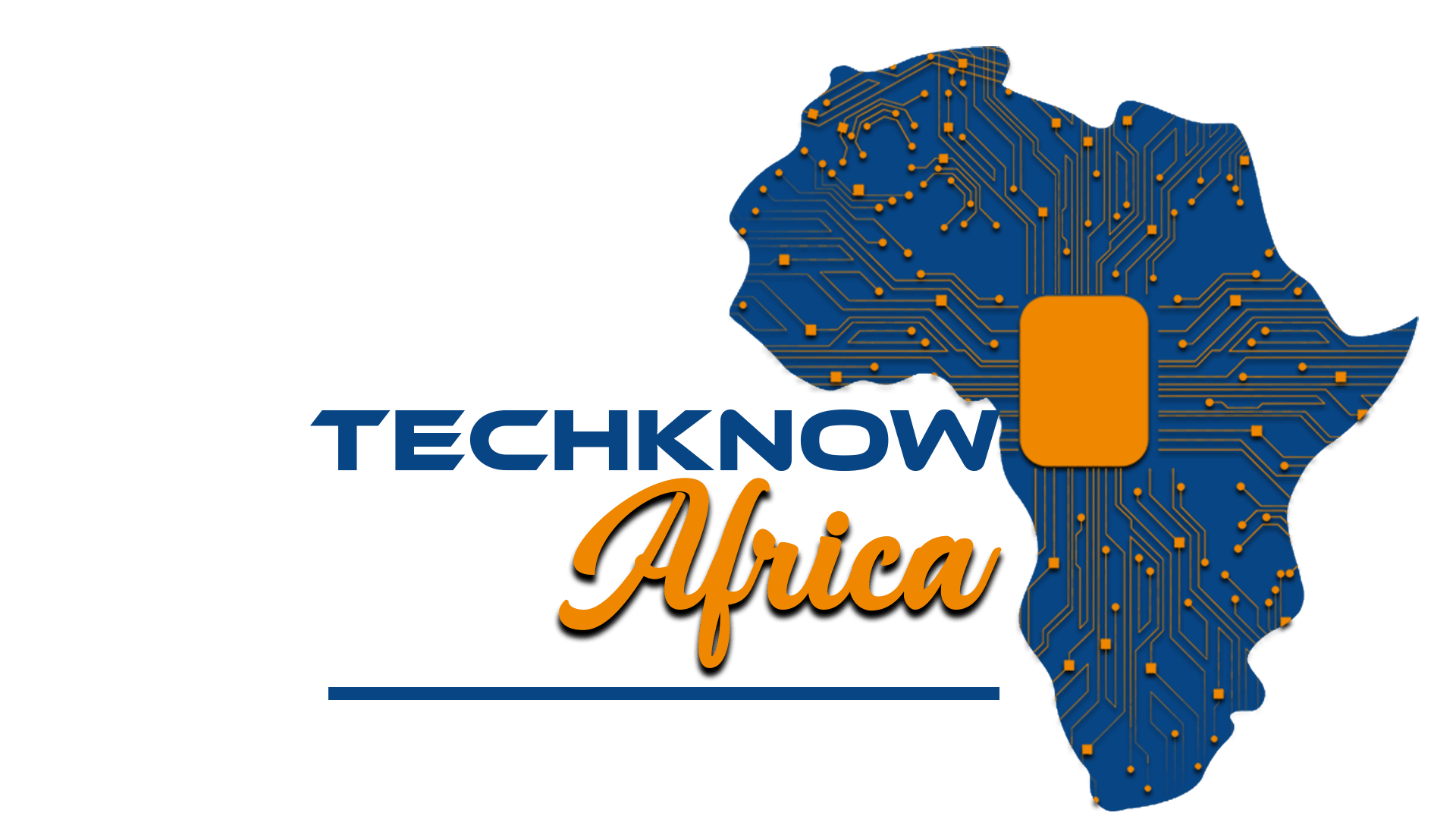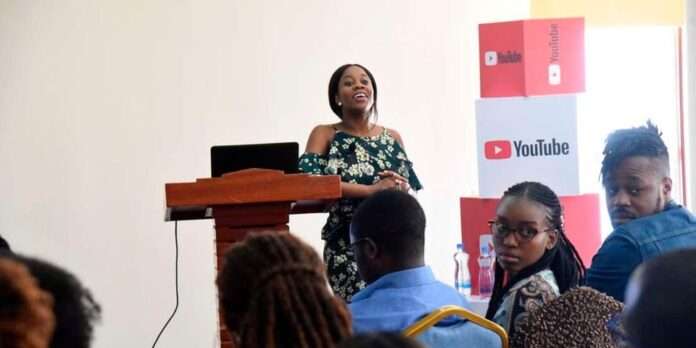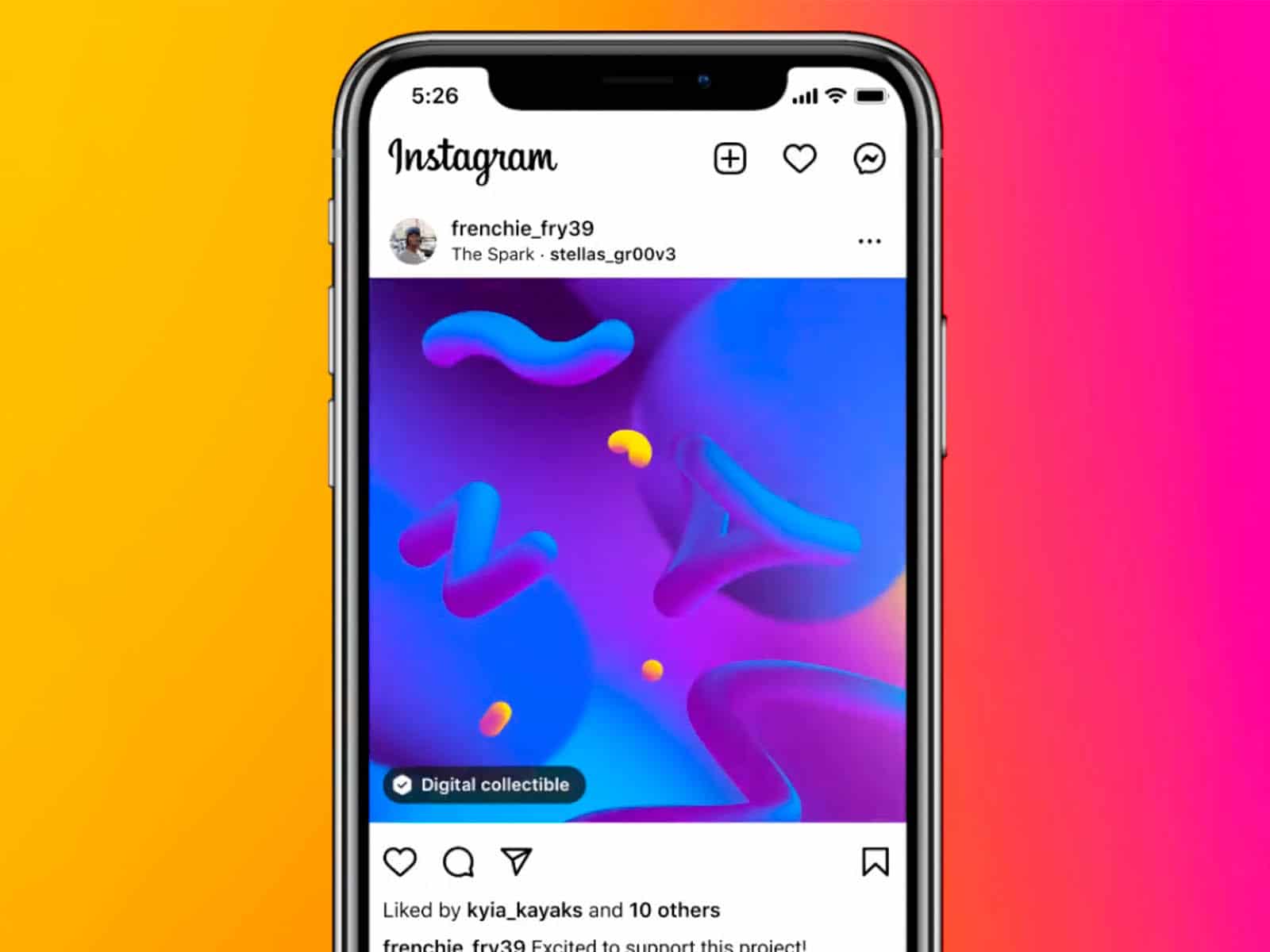What you need to know:
- By February, the number of Kenyan content creators earning seven figures or more monthly from the service had risen by 60 per cent in one year, according to statistics by YouTube Africa managing director Alex Okosi.
- Most artistes and content creators in Kenya lack sufficient knowledge on positioning their brand and content in a manner that maximises revenue generation.
- Kenya leads Africa in consuming its content but a paltry 45 per cent of it is being consumed by a global audience.
Kenyan artistes are having it nice on YouTube, the video-sharing site.
By February, the number of Kenyan content creators earning seven figures or more monthly from the service had risen by 60 per cent in one year, according to statistics by YouTube Africa managing director Alex Okosi.
But YouTube bosses say despite the increase, Kenyan artistes are still punching below their weight and do not utilise the platform well, thus making less cash than their counterparts across the world.
Head of YouTube Music Business and Partnership in Sub-Saharan Africa Addy Awofisayo says Kenyans are among African creatives who are already missing out on a lot of income from the platform she heads.
Addy, who is at the heart of a nascent but rapidly growing industry, has witnessed the music streaming business in Africa grow to $241 million in 2021 and is to reach $484 million by 2026, according to Statista.
Read Also: Bolt and Uber reviews travel rates, introduces Sh10 more as fuel charge per trip in kenya
Lack of information
There are a number of reasons attributed to this, the key being a lack of information on how to fully exploit YouTube and the opportunities offered.
Most artistes and content creators in Kenya lack sufficient knowledge on positioning their brand and content in a manner that maximises revenue generation.
“One of the problems I have noticed is artistes not surrounded by the right team. You see a talented artiste with a manager who is not experienced and lacks knowledge of the music business and this definitely has an impact on the artiste’s revenues. Some artistes also lack YouTube channels. Most have been discovered on YouTube, but a majority don’t have their channels. How are they going to make money?” Awofisayo told the Saturday Nation from London.
But even for those who already have established channels, a majority don’t put in the extra push as it should ensure maximisation of the profits.
“To grow a channel, you need to consistently produce content. For some, their content may not be liked initially but with consistency, people will be forced to pay attention. For musicians, content doesn’t have just to be music releases, it could be you on a tour, doing a studio session and meeting fans. Such content doesn’t necessarily have to attract views, but they will build on that consistency and people will pay attention.”
“We are living at a time when people are consuming all kinds of content; they want to know what you eat, how you live, where you shop and things like that. All these contribute to the healthy growth of a channel which in return translates to revenues,” Addy expounds.
Advertising revenue
According to data provided by Okosi, Kenya leads Africa in consuming its content but a paltry 45 per cent of it is being consumed by a global audience.
This is a huge deficit to a creative considering that YouTube takes only 45 per cent of the advertising revenue with 55 per cent going to the creator.
In 2021, YouTube generated $28.8 billion in adverts revenue as per parent company Alphabet’s report, paying more than $15 billion (Sh1.8 trillion) to creators worldwide.
Therefore, the majority of Kenyan musicians and vloggers are losing a huge chunk of revenue due to their neglect of content creation, especially that which some may consider insignificant or less important.
Those irritating and annoying adverts that pop up while surfing for content are a huge income earner to YouTube channels, she explains.
“When adverts are embedded on your channel that means more money coming your way. The power to select ad categories and at what point to appear are vested in creators. However, a number of creators lose out on maximising ad revenues because they always opt not to select all, if not enough categories of ads to be served on their channels. When that happens, the ads are left out and then redirected to another creative who is more accommodative,” Addy elaborates.
Understanding one’s audience is another aspect which has been overlooked by most artistes.
Read Also: How geopolitical disruptions are affecting the TECH world
Tailor-made content
By using YouTube analytics, an artiste or content creator will be able to tell what kind of content is most preferred by their audience.
“Knowing and understanding your audience is key because then this helps you come up with content that suits them. Checking on your analytics and making tailor-made content for them will also attract other audiences of the same niche,” says Addy, giving an example of Nigerian Afro-beats star Yemi Alade.
“About five years ago, Yemi Alade checked her analytics and realised she had a huge following from France yet she doesn’t speak or sing in French. After Nigeria, her second-largest audience was from France. Based on the analytics, Yemi with her team, linked up with an organiser in France and set up a concert and it was sold out with over five thousand people attending. Right now, France contributes 30 per cent of her revenue.”
Fund programmes
Besides YouTube, a number of fund programmes have been launched by Google that most artistes are open to apply, but most Kenyan artistes don’t or simply ignore.
In 2020, the video space established a multi-year commitment YouTube Black Voices Fund dedicated to spotlighting and growing black creators.
The programme offers $100 million (Sh11.8 billion) grant to equip black creators, artistes, songwriters and producers with resources and technical support to polish up their craft.
Since its inception, over 300 grantees have benefited from the kitty including Sauti Sol, Vloggers Mandi Sarro, Justus Nandwa and Make-up artist Cheynne Chelimo.
“This is currently our largest support fund and I would urge creatives to take up the opportunity and apply for the 2023 class while the window is still open.”
There is also the YouTube Foundry programme that supports independent artists who have active YouTube channels but are not signed to any record label.
YouTube Shorts created to rival TikTok and Instagram Reels is another of Alphabet’s platforms with an incentive of up to $100 million to award artistes and creatives based on how their content performs.
Since her appointment, last September as Head of YouTube Music Africa, vacating her previous post as Head of Content Partnerships for Sub-Saharan Africa, Addy, 37, has been pivotal to the growth of YouTube Music in Africa.
Among notable projects, she has launched is the Africa Day Concert which started in 2021.
The concert has twice been hosted by British renowned actor Idris Elba and saw Kenyan Sauti Sol, Nadia Mukami and Kevin Bahati paid handsomely to perform last year.
No Kenyan act was selected for this year’s edition held in Nigeria.
“I have been in the tech space for 15 years now or more. I started my career at Microsoft and am now at Google where I look after music because African music is blowing up. I now work with music producers, artistes, and record labels to amplify African music on YouTube. I love problem-solving, offering solutions and executing them to help artists increase streams on YouTube and make revenue from it. This is what I do; I’m passionate about, making money,” she says.




